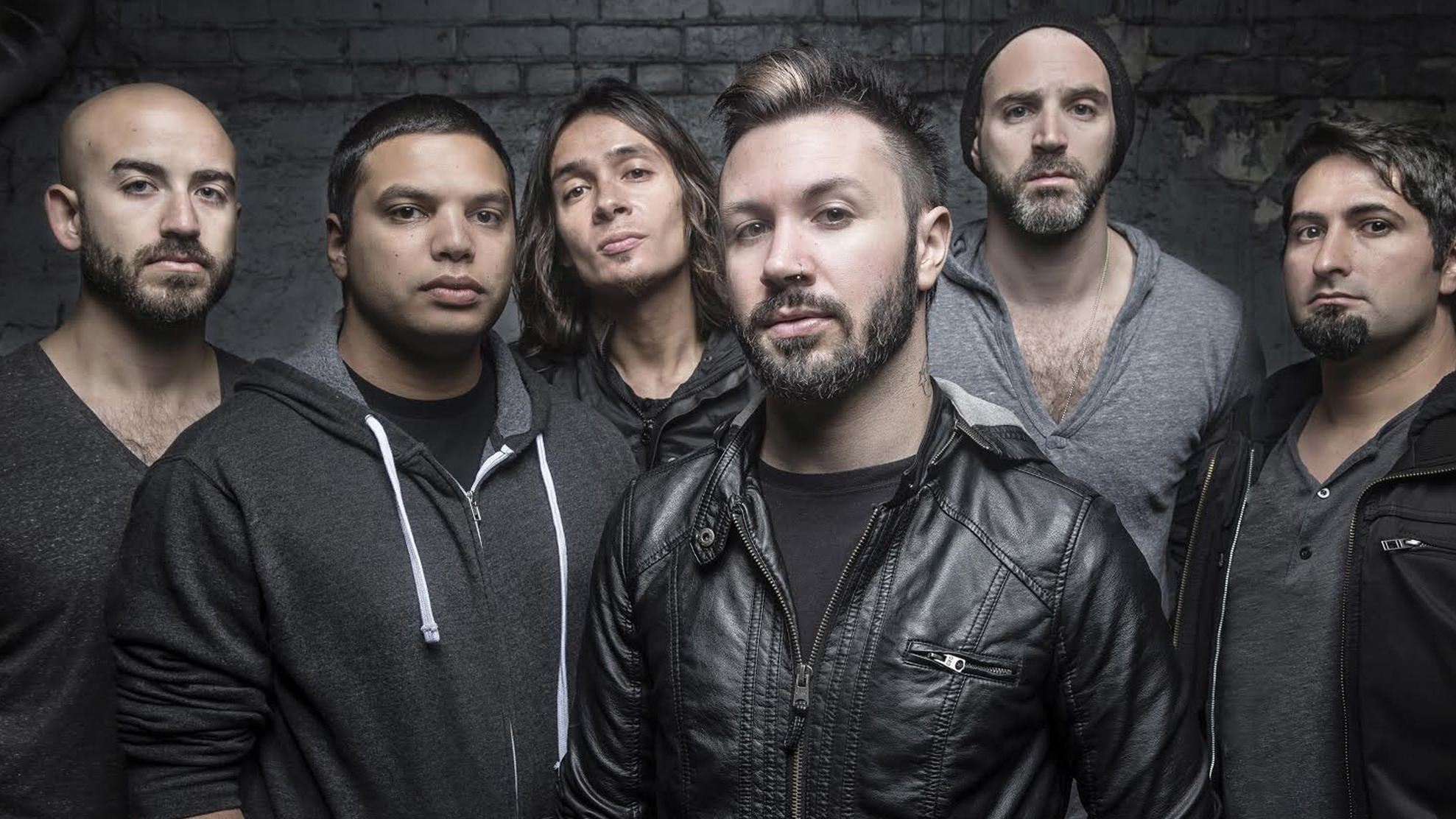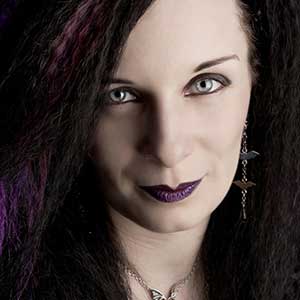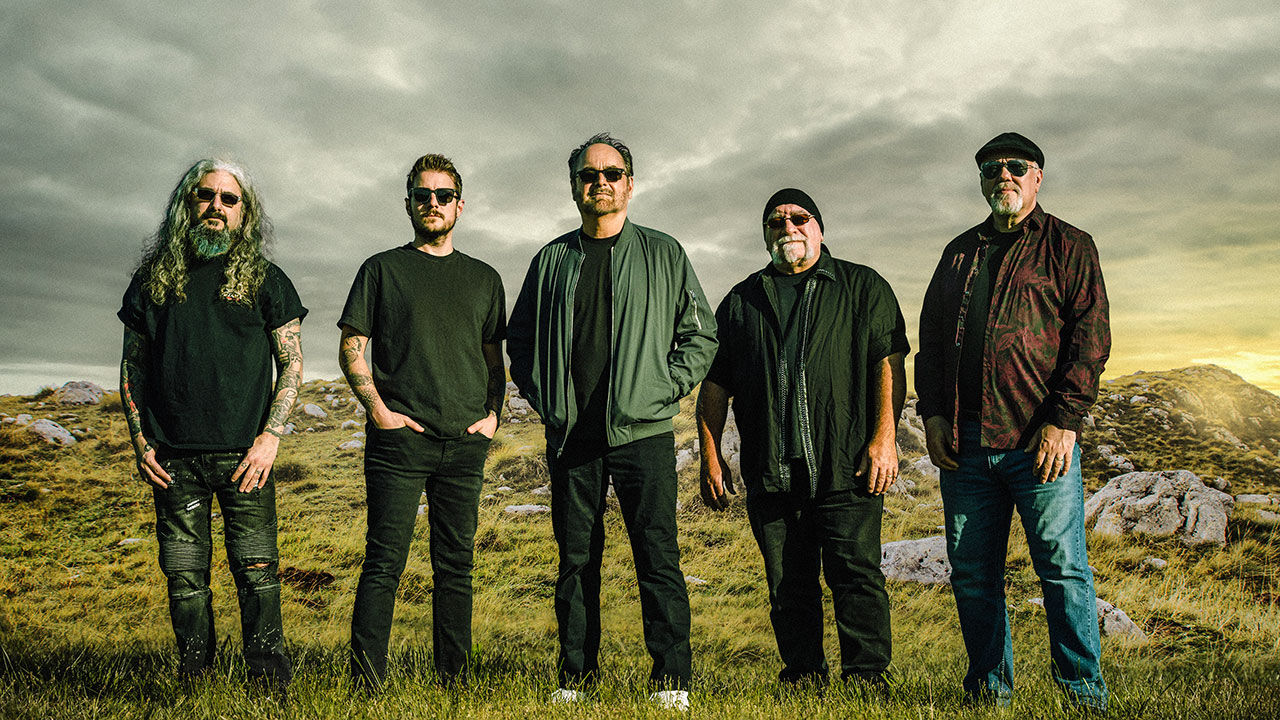“They use notes out of sequence – they’re more experimental than bands like Dream Theater, who are very respectful of tonalities”: Novelists’ Florestan Durand is passionate about Periphery (or at least their early albums)
Misha Mansoor’s work was the catalyst for Durand’s discovery of djent, as he moved on from the “simpler music” of Steve Vai and Joe Satriani

In 2016 Novelists guitarist Florestan Durand told Prog how the discovery of Periphery changed his musical life – and explained why he preferred their earlier albums to their later ones.
“It was my brother [Novelists drummer Amael] who first played me Periphery’s Letter Experiment, maybe four or five years ago. I immediately fell in love with it because it was so fresh.
I really like their use of clean sounds and their ambient touches, like on Have A Blast from Periphery II. Their guitarist, Misha Mansoor, has both a simple and heavy style in his music; he uses richer chords with a slightly jazzy approach. That influenced me a lot as I studied jazz at music college after I left school.
I think the way Misha creates contrasts in his music is really interesting, like juxtaposing beautiful moments with these very rhythmic, overdriven guitars. I’ve actually tried to play a few of his riffs but I haven’t tackled any of their full songs.
Before I discovered them I was listening to a lot of Dream Theater and John Petrucci’s solo work, which I loved. I listened to quite a bit of Symphony X too, and simpler music like Steve Vai and Joe Satriani.
I’ve had Periphery’s first two albums on repeat play for the last couple of years. Their sound is very original; it’s interesting to listen to their music and enter their universe. They use notes out of sequence – they’re more experimental than bands like Dream Theater, who are very respectful of tonalities.
I got to see Periphery live in Paris at the Zenith in 2012. They were supporting Dream Theater; it was cool to see both bands together, and to see Periphery in person was great. I’m not so much into their newer albums, though – I miss all the weird, techy sounds.
Sign up below to get the latest from Prog, plus exclusive special offers, direct to your inbox!
Periphery was the bridge to me discovering other djent bands. My brother subscribed to the Djentlemans Club channel on YouTube, and through that I’ve got into bands like TesseracT and Monuments.
TesseracT have got such great ambient sections – they’re very precise and show real perfectionism. Their music is really beautiful to listen to and it’s really awesome to see them live as well.”

Contributing to Prog since the very first issue, writer and broadcaster Natasha Scharf was the magazine’s News Editor before she took up her current role of Deputy Editor, and has interviewed some of the best-known acts in the progressive music world from ELP, Yes and Marillion to Nightwish, Dream Theater and TesseracT. Starting young, she set up her first music fanzine in the late 80s and became a regular contributor to local newspapers and magazines over the next decade. The 00s would see her running the dark music magazine, Meltdown, as well as contributing to Metal Hammer, Classic Rock, Terrorizer and Artrocker. Author of music subculture books The Art Of Gothic and Worldwide Gothic, she’s since written album sleeve notes for Cherry Red, and also co-wrote Tarja Turunen’s memoirs, Singing In My Blood. Beyond the written word, Natasha has spent several decades as a club DJ, spinning tunes at aftershow parties for Metallica, Motörhead and Nine Inch Nails. She’s currently the only member of the Prog team to have appeared on the magazine’s cover.
You must confirm your public display name before commenting
Please logout and then login again, you will then be prompted to enter your display name.
